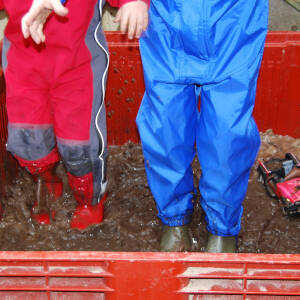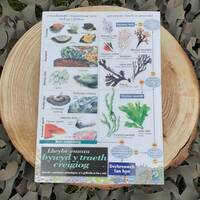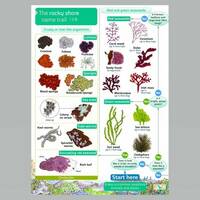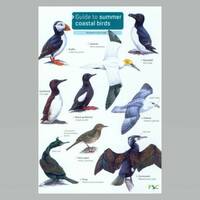Name Trail - The Rocky Shore (Encapsulated)
This encapsulated version of the FSC name trail would be a great guide to take with you to do some outdoor learning about the rocky shore.
An excellent laminated multi page field guide, from the Field Studies Council, will teach you about the most common limpets, periwinkles, crabs, shore fish, starfish and many more, as well as seaweeds, encrusting sponges and lichens.
Featuring a simple yes/no question system, this guide is encapsulated to withstand all weathers and the rigours of rock-pooling activities.
£6.00
exVAT
- SKU GWFIE88
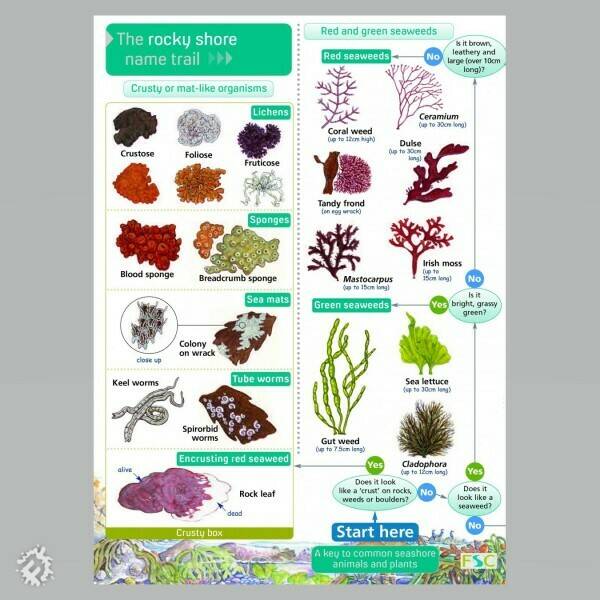
Additional Information
Rockpools and rocky shores are a great place to find seashore animals and plants in their natural habitat. The dominant plant-like organisms of rocky shores, the seaweeds, are all algae. Unlike plants, seaweeds do not have true roots, stems or leaves. Instead the holdfast, stipe and frond perform the function of these tissues. Like most plants, seaweeds use the sun’s energy to make sugars through photosynthesis. They possess the green pigment chlorophyll, and some also possess extra accessory pigments of different colours. Seaweeds are divided into three groups: brown, red and green.
Almost every major group of animals has a representative on the rocky shore. Sponges are simple animals that filter food particles from seawater. Sea anemones have a soft body and stinging tentacles. Molluscs are soft-bodied animals, but many have shells. They include bivalves like mussels, and rocky shore snails like limpets and topshells. Crustaceans are very common, and include lobsters, crabs and barnacles. Other exciting finds in rockpools include starfish, sea urchins, brittlestars and sea squirts.


